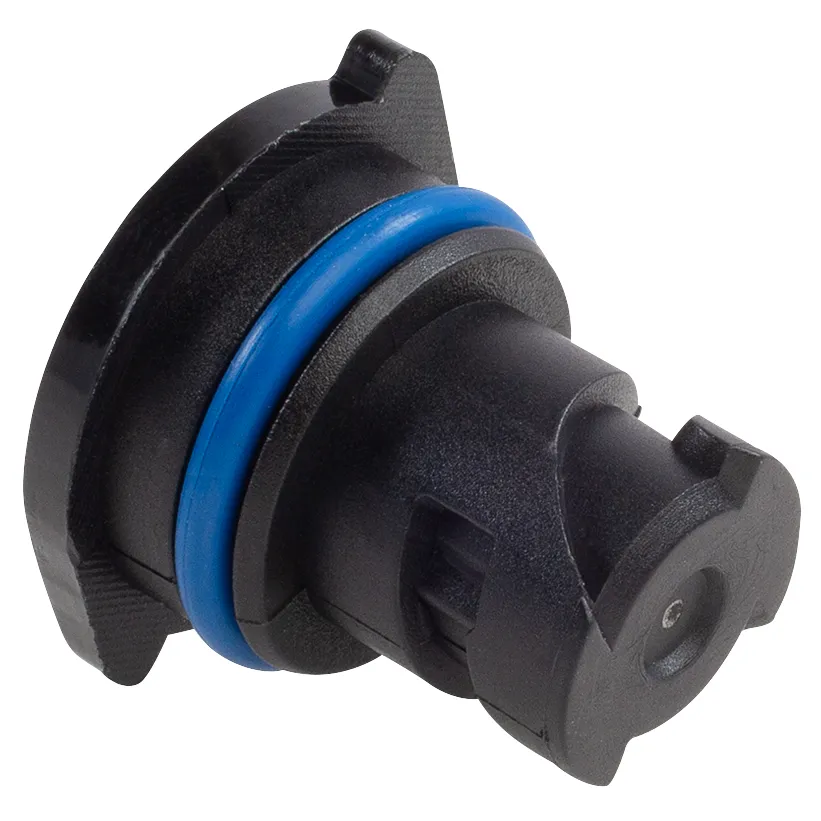Oil Drain Plug Maintenance Tips to Prevent Leaks and Engine Damage
Maintaining your vehicle’s engine is paramount, and one often overlooked component is the oil drain plug. This small yet vital piece plays a crucial role in ensuring the long-term health of your engine. In this blog post, we will explore critical oil drain plug maintenance tips that can help you prevent leaks and damage to your engine. Whether you are a seasoned car enthusiast or a novice driver, these insights will keep your vehicle running smoothly.
Before diving into maintenance tips, let’s clarify what the oil drain plug is and why it is significant. The oil drain plug is essentially a small bolt located at the lowest point of the oil pan. Its primary function is to provide a means to drain engine oil during regular oil changes. However, it is also subjected to high levels of stress and heat, which can lead to wear and tear over time.
Tip 1: Regular Inspections
One of the simplest yet most effective ways to maintain your oil drain plug is to conduct regular inspections. Check for any signs of wear, such as rust or cracks in the plug. Additionally, ensure that the surrounding area of the oil pan is free from oil stains, which may indicate a leak. Catching potential issues early can save you from significant engine damage down the line.
Tip 2: Tighten the Plug
It might seem trivial, but ensuring that your oil drain plug is appropriately tightened is essential to prevent leaks. After an oil change, check that the plug is secure; however, be cautious not to overtighten, as this could cause stripping of the threads. A well-fitted oil drain plug not only helps in avoiding leaks but also prolongs the life of your engine.
Tip 3: Use Quality Replacement Parts
If it comes time to replace your oil drain plug, opting for high-quality materials can make a significant difference. Cheap or inferior plugs are more likely to succumb to wear and tear, leading to leaks. Look for oil drain plugs made from durable materials such as aluminum or high-grade steel, which can withstand the rigors of engine operation.
Tip 4: Employ Proper Oil Change Practices
Your oil change practices can also impact the longevity of your oil drain plug. Make sure to use a new gasket or O-ring each time you change your oil. These components help create a tight seal and prevent leaks, thereby protecting your engine from potential damage. Additionally, be mindful of the oil you choose; using low-quality or incorrect oil can lead to increased pressure and stress on the oil drain plug.
Tip 5: Stay Alert for Symptoms of Problems
Awareness of your vehicle’s performance can be instrumental in identifying issues related to the oil drain plug. If you notice inordinate oil spots on your driveway or a decrease in oil levels more rapidly than expected, these could be signs of leaks associated with the oil drain plug. Acting swiftly can save you time and money on major repairs.
In conclusion, the oil drain plug may not get the attention it deserves, but its maintenance is crucial for preventing leaks and avoiding engine damage. By incorporating these maintenance tips—conducting regular inspections, ensuring it is tightened but not overly so, using quality replacement parts, employing proper oil change practices, and being alert for symptoms of problems—you can contribute significantly to the longevity and efficiency of your engine. Remember, a little vigilance goes a long way in keeping your vehicle in top condition.
Take care of your oil drain plug today, and it will take care of your engine tomorrow!

-
The Ultimate Guide to Boat Propeller Bearings and Trailer Wheel Bearings
News Jul.31,2025
-
The Essential Guide to Marine Bearings and Boat Trailer Wheel Bearings
News Jul.31,2025
-
The Complete Guide to Heavy Duty Seals: Protecting Doors and Spaces Efficiently
News Jul.31,2025
-
Essential Guide to Marine Shaft Bearings and Boat Trailer Axle Bearings
News Jul.31,2025
-
Comprehensive Guide to Marine and Trailer Bearings for Safe Boating and Transport
News Jul.31,2025
-
Comprehensive Guide to Automotive Oil Seals: Protecting Your Engine and Shafts
News Jul.31,2025
-
Understanding Automotive Oil Seals: Essential Components for Engine and Shaft Protection
News Jul.30,2025
Products categories















